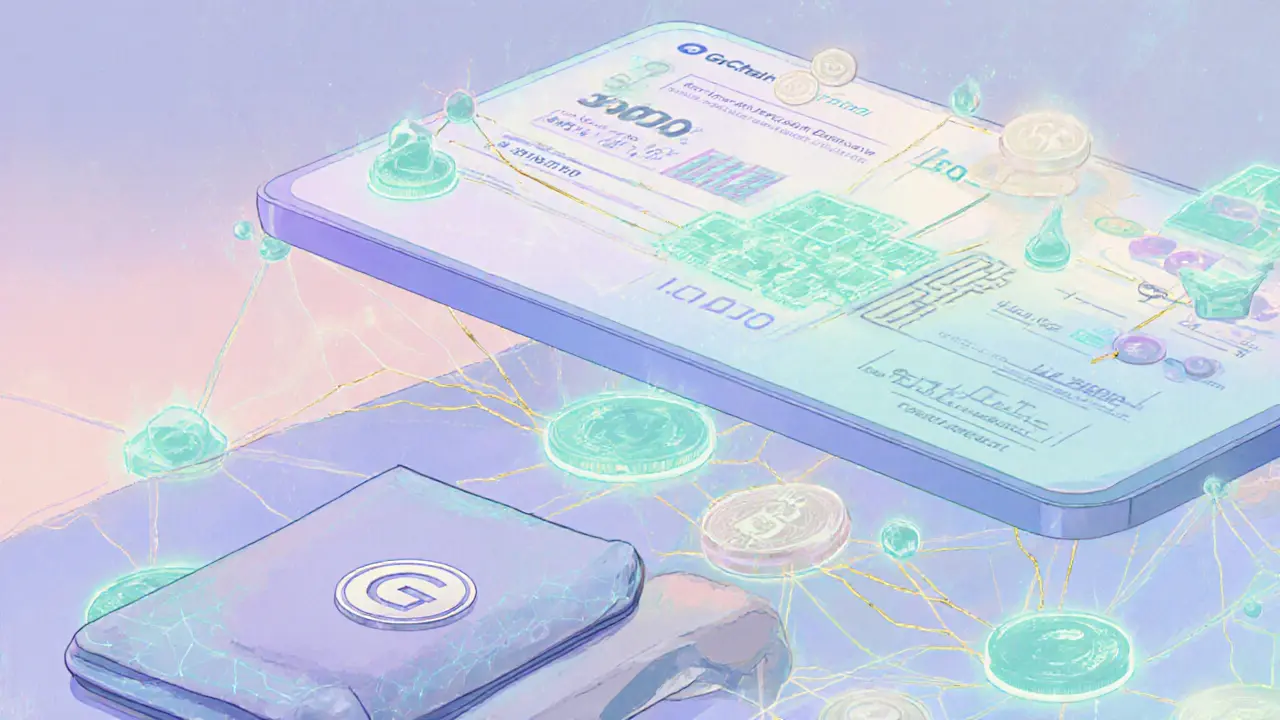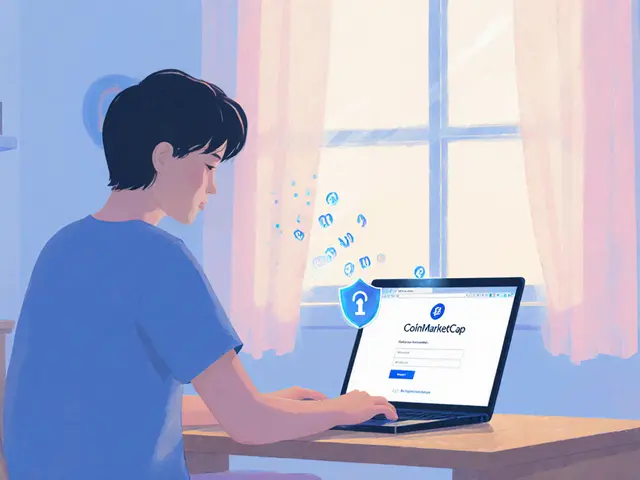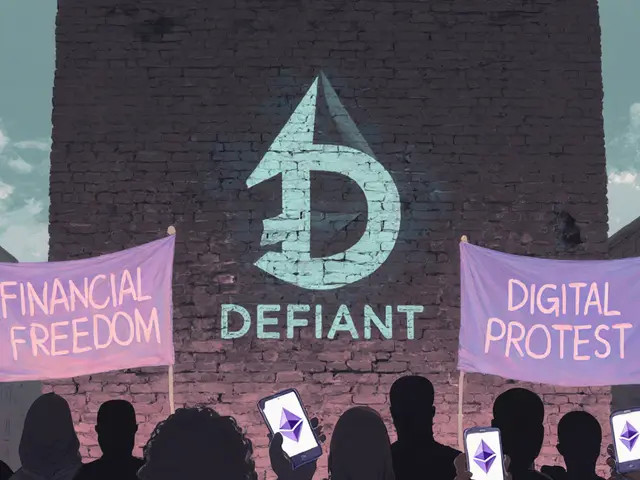GoSwap – Decentralized Exchange Explained
When working with GoSwap, a decentralized exchange (DEX) that lets users trade tokens directly from their wallets without a middle‑man. Also known as GoSwap DEX, it runs on smart contracts and supports fast, low‑fee swaps across multiple blockchains. Decentralized exchange platforms like GoSwap empower users to retain custody of their assets while still accessing deep liquidity.
GoSwap requires robust liquidity pools, which are collections of token pairs that traders draw from to execute swaps. These pools are funded by users who earn a share of the trading fees. The more diverse the pool, the tighter the spread and the cheaper the trade. In practice, a pool’s size, fee tier, and token composition determine the price impact you see when you hit the swap button.
Key Components of GoSwap
An automated market maker (AMM) powers the pricing algorithm behind every GoSwap transaction. Instead of an order book, the AMM uses a constant‑product formula (x * y = k) to keep the pool balanced. This means every trade automatically adjusts the token ratios, which in turn updates the price. The AMM influences GoSwap’s fee structure, slippage, and resistance to front‑running attacks.
Beyond basic swaps, GoSwap integrates token‑specific features like lock‑up periods, vesting schedules, and airdrop eligibility checks. For example, projects that launch on GoSwap often run airdrop campaigns where holders of a certain token receive free rewards. The platform’s smart‑contract layer can verify snapshot dates and distribute tokens fairly, reducing manual work for project teams.
Because GoSwap runs on several blockchains, it supports cross‑chain swaps via bridge contracts. Users can move assets from Binance Smart Chain to Ethereum, or vice‑versa, without leaving the GoSwap interface. This cross‑chain capability expands the token universe available for swapping and opens arbitrage opportunities for savvy traders.
Security is another pillar. GoSwap’s contracts are audited by third‑party firms and use multi‑sig wallets for admin functions. Regular bug bounty programs help catch vulnerabilities before they can be exploited. For everyday users, this means a lower risk of losing funds due to contract bugs.
Community involvement shapes GoSwap’s roadmap. Token holders can vote on fee adjustments, new pool creations, or feature releases. This governance model ensures the platform evolves with user needs, whether that’s adding support for emerging tokens or tweaking the AMM formula for better capital efficiency.
All these pieces—liquidity pools, AMM pricing, cross‑chain bridges, airdrop tools, and community governance—connect to make GoSwap a versatile DEX. Below, you’ll find a hand‑picked selection of articles that break down each component, show real‑world use cases, and give step‑by‑step guides to get the most out of the platform.

A 2025 review of GoSwap crypto exchange covering its AMM model, fees, liquidity, security, and how it stacks up against Uniswap and other DEXs.
Jonathan Jennings Oct 24, 2024




